Last week, I had the opportunity to do field visit in an island in Salcedo, Eastern Samar called Butig. It's a small barrio where everyone knows everyone (literally). The place was heavily-ravaged by Typhoon Haiyan/Yolanda last November 2013. The island was almost leveled by the typhoon although, thankfully, there were no casualties.
The Canossian missionaries are now helping the residents of Butig by building houses and an evacuation center for the said island. The goal is to make the island sustainable and resilient to disasters. They tapped the UP Institute of Civil Engineering (where I used to work) and I was asked to join the said project because of my interest and prior training experience in disaster risk reduction and management. And no, I don't get paid. I do this for free outside my work hours and to be honest, I'm happy that my knowledge is of help to the victims of Typhoon Haiyan/Yolanda.
We flew from Manila to Tacloban, took a jeep to the city proper, rode a [scary and super fast] 3-hour van ride to Salcedo (two towns away from Guiuan). We went down at Buabua and then took a very short boat ride to Butig Island. The sea was a beautiful shade of blue-green and the islands are practically surrounded by mangroves.
Some of the school buildings in Butig Elementary School collapsed during the typhoon. Imagine a building collapsing under strong winds. They said that the sand used for construction was sea sand hence the steel bars corroded easily. I think airborne debris was also a factor for the collapse.
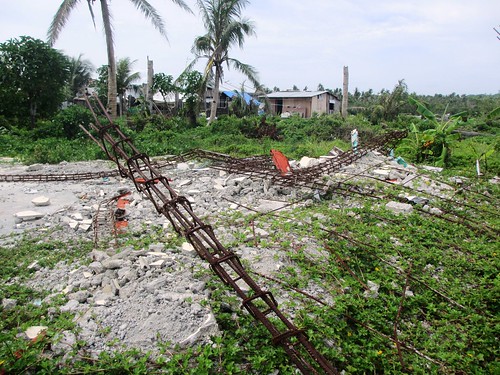 |
| Those columns are really inadequate. |
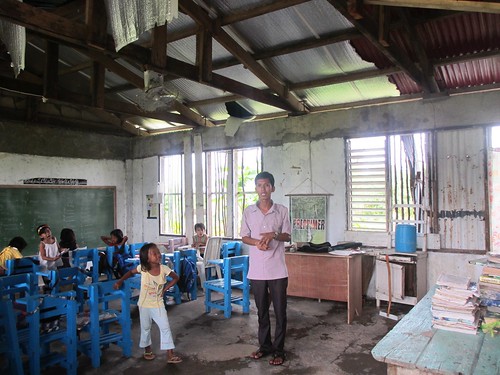 |
| The very sad state of Philippine education: poor classrooms and two grade levels sharing one classroom |
 |
| drying coco lumber |
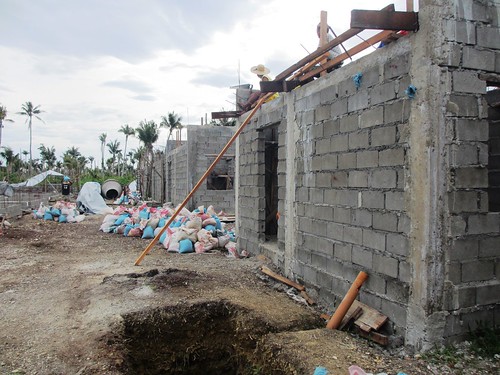 |
| Mass housing for 43 out of ~96 families in Butig |
One of the big challenges during construction is getting materials. Costs of construction materials in Eastern Visayas rose significantly because of the typhoon. In Butig, it's even more challenging because the materials need to be carried across the sea by boat. Also, it's difficult to find good-quality sand that will not corrode the steel reinforcing bars.
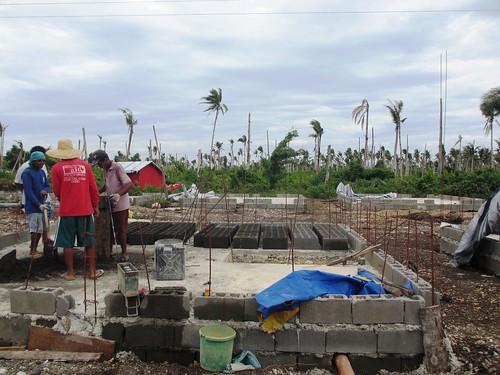 |
| They make their own hollow blocks. They're super strong compared to the ones here in Manila. |
However, one of the things I really love about Butig Island is the abundance of natural resources. They get fresh water from wells. A couple of months ago, food was difficult because livestock died and they could not go fishing because there were still corpses in the water so they thrived on mangoes and coconuts from felled trees and on relief goods. Recently, however, situation has improved so they can go fishing again. They also started planting vegetables in their gardens.
On our second day in Butig, the bishop visited the island so a boodle fight with veggies, fried fish and steamed crabs was prepared for lunch. I loved everything, the big crabs especially.
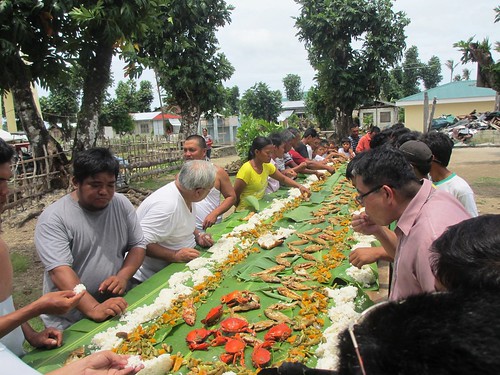 |
| All those veggies and seafood. HEAVEN!! |
 |
| One more reason to like Butig: flowers everywhere! |
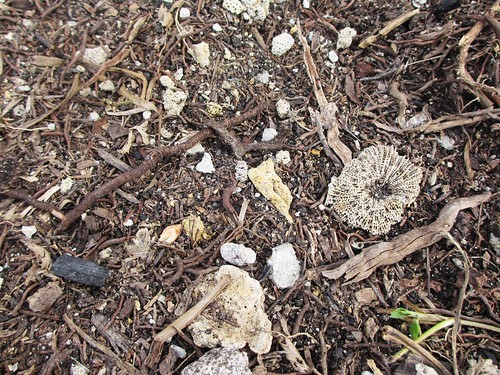 |
| Soil is rich in organic material and dead corals. |
The people are also very nice. They didn't receive any counseling/debriefing from the government after Typhoon Haiyan but they seemed well and optimistic. I played and chatted with the children and they taught me a little Waray (the native language). Being a person born and bred in the city, it was great to live simply even just for three days-- no internet, no bed mattress, no water closet, no TV, etc.
All those being said, I think Butig island has quite a good potential for sustainable growth. It's probably a long way to go but I think it's possible. And I'm really grateful that I can be of help to them, even just a little.



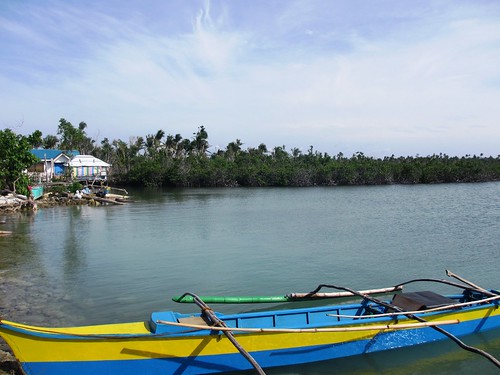
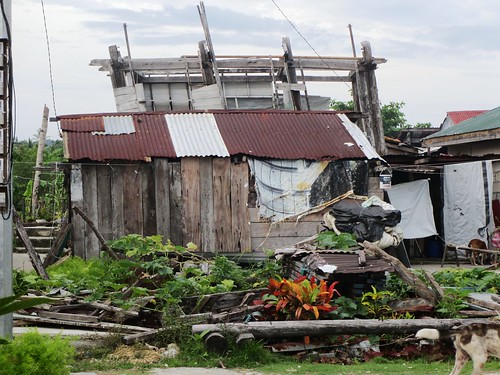
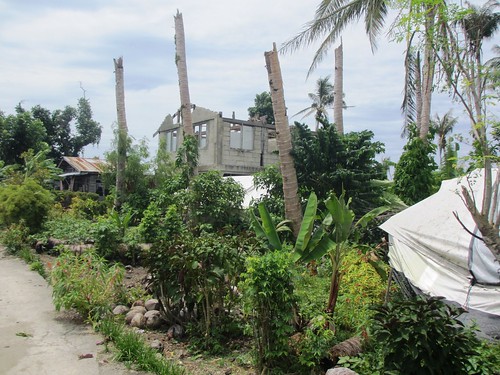
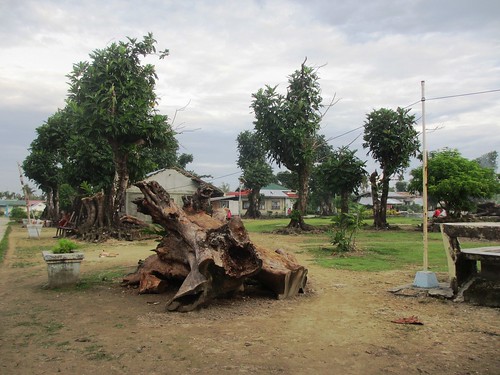
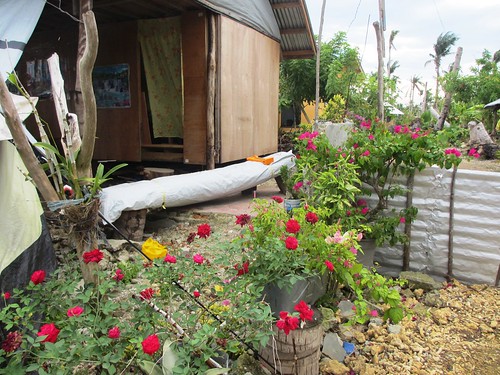
No comments:
Post a Comment